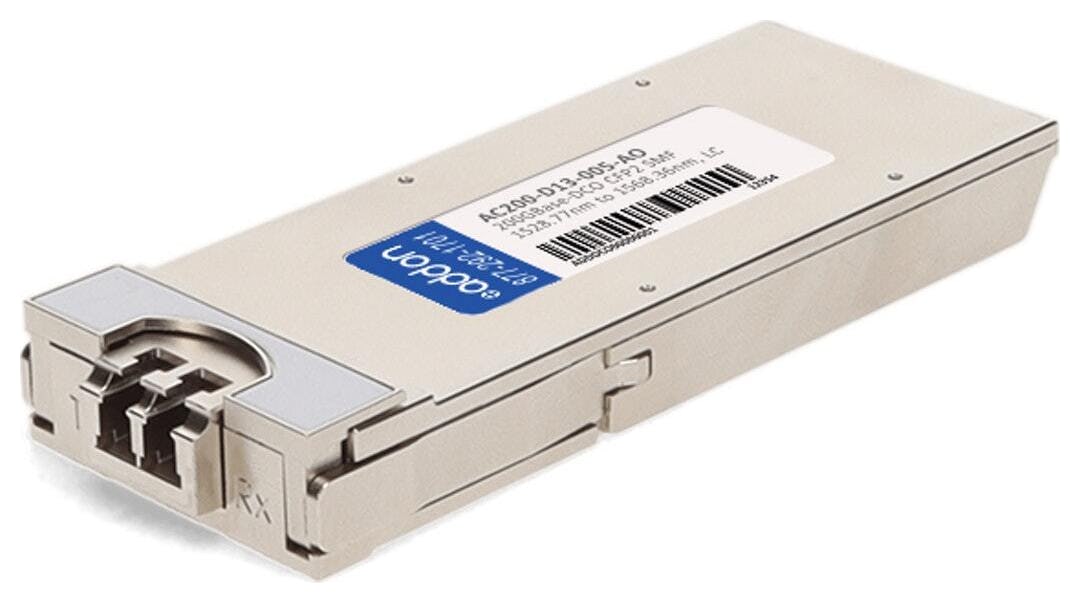Not long-ago, coherent transceivers needed to be hosted on a card.
Now they are available in pluggable forms factors and are able to package the DSP, transmitter, receiver, laser and modulator, and more into a single universal pluggable device. This has all been achieved whilst reducing the amount of power used and the heat produced, which is an impressive accomplishment.
Encoding Schemes
Encoding is the process of converting data from one form to another, encoding data to light is called modulation. The main encoding schemes applied in these devices are:
- Quadrature Phase Shift Keying (QPSK)
- Quadrature Amplitude Modulation (QAM)
QPSK arose first and is a system of modulating digital signals onto a radio-frequency carrier signal using four phase 0, 90, 180, 270 degree states to code two digital bits. QAM is a method of combining two amplitude-modulated (AM) signals into a single channel, thereby doubling the effective bandwidth. QAM is used with pulse amplitude modulation (PAM) in digital systems.
Baud
This is a frequent term used with coherent modulation. How frequently the signal is transferred is measured in baud. Some of the fastest DSPs can operate at 64Gbaud and 64QAM. A transceiver sending 64Gbaud pulses per second (64 billion pulses per second) and operating at 64QAM is sending 600 billion bits per second.

Packaging
Including a chip on an optical link provides advantages but also some challenges such as:
- Power management
- Heat generation
- Space
Coherent optical devices are designed to overcome these challenges. The CFP2 design was the initial industry standard pluggable optical device. It comes in two variants, the Analog Coherent Optic (ACO) and the Digital Coherent Optic (DCO). With the CFP-2ACO device the DSP is located on the host line card to limit any challenges with heat.
The ACO device transmits analog signals to the DSP located on the host line card. Although it can only be used in a system which has the matching DSP on the host line card. Whereas within a CFP2-DCO the DSP is located within the optical transceiver. Locating the DSP within the CFP2-DCO transceiver delivers more options as the device can be used with any line card.
Soon new even smaller pluggable devices will be available such as QSFP28 100G ZR/ZR+, QSFP56-DD-ZR/ZR+. They will allow coherent detection to be used for even more applications due to the smaller footprint, reduced power needs, higher date rates and extended reach.
Applications
Optical vendors and standards groups are working to widen the market by developing specifications for coherent optics that address the needs of industries such as:
- Telecommunication service providers
- Cable MSO’s
- Data center operators
- Science and research networks
Currently there are coherent transceiver solutions for inter-data center, intra-data center, access, metro, and long-haul links. Packaging alternatives include pluggable form factors which widen the use of coherent optics and enable their use in a broader range of equipment. Interoperability is also improving as vendors create components and devices that meet industry standards, Implementation Agreements and MSAs.
Conclusion
The advancement of interoperable standards for coherent transceivers and packaging in pluggable form factors is now delivering benefits to a broader selection of networking applications. AddOn is a leader in embracing these new technologies to solve network challenges.
We appreciate the balancing acts between performance, reach, labor, network equipment, power requirements and cost. These all need to be thought through when deciding which coherent transmission approach is right for your network. We work alongside our customers to understand their networks and their goals so we can advise and define the optimum coherent solution for them. At AddOn our understanding of the applications, and experience with the standards makes us a trusted partner across the world.
Simply follow the links below to see our full series of coherent articles:
- Optic Impairments & Coherent Technology: What You Need to Know
- Coherent Transceivers: All You Need to Know
- Key Standards and Form Factors for Transceivers: All You Need to Know
- Industry Standards Explained & Why They Are Essential
